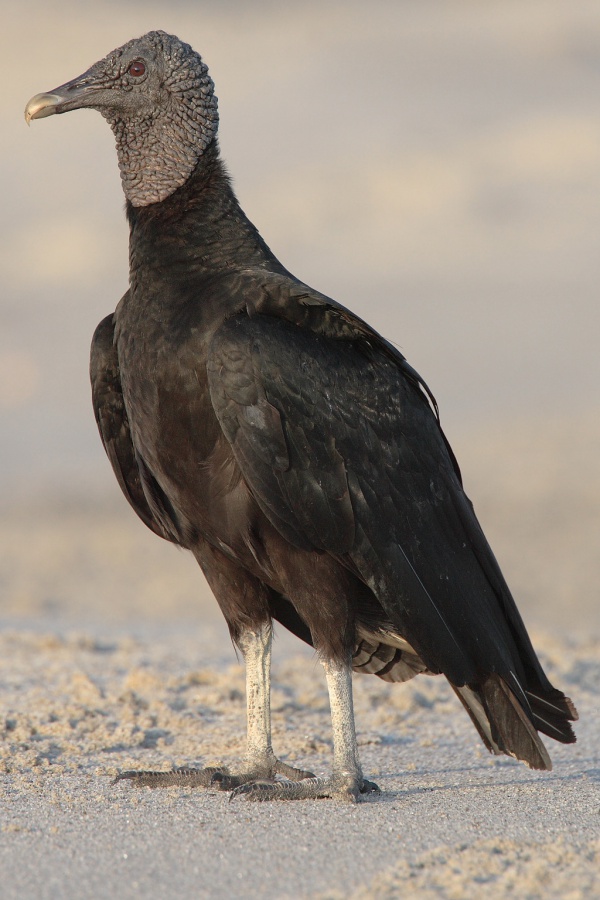Facts About Black vulture
The black vulture, commonly referred to as the American black vulture, is a captivating member of the New World vulture family. Its range extends from the southeastern United States down through Peru, Central Chile, and Uruguay. As scavengers, these birds primarily feed on carrion. However, they are opportunistic feeders and will also consume eggs and, on occasion, prey on newborn animals in human-populated areas. They possess keen eyesight for locating food and often follow other vultures to feeding sites. Interestingly, black vultures are relatively silent due to the absence of a syrinx; thus, they communicate through grunts and hisses.
Within the avian realm, the black vulture stands out. It is the sole extant species of the genus *Coragyps* in the family Cathartidae. Its species name, *ātrātus*, meaning "clothed in black" was aptly assigned by German ornithologist Johann Matthäus Bechstein in 1793. An evolutionary relic, this vulture diverged from other vulture species roughly 12 million years ago.
Physically, black vultures are notable for their size, displaying black plumage, a bald head and neck, and a short, hooked beak. They are well-adapted to open landscapes with dispersed forests or shrublands. Unlike migratory birds, black vultures remain in lowland areas, avoiding mountainous regions. They are social creatures, frequently observed roosting and foraging en masse.
Breeding habits vary by location. Black vultures conduct courtship dances on the ground and typically lay eggs there as well. Generally, they rear two chicks annually. These vultures play a vital ecological role by scavenging dead animals, thereby mitigating the spread of disease.
Protected under various conservation laws, the black vulture is classified as a species of Least Concern on the IUCN Red List. Nonetheless, they are often considered nuisances by cattle ranchers due to their occasional predation on newborn livestock. Additionally, their droppings can harm vegetation and propagate diseases, and they pose a risk to aviation and infrastructure.
Culturally, black vultures have made significant imprints. They appear in Maya hieroglyphics, symbolizing death or predation. In Lima, Peru, they are important cultural icons and have even been featured on postage stamps in Suriname and Nicaragua.

 Uruguay
Uruguay